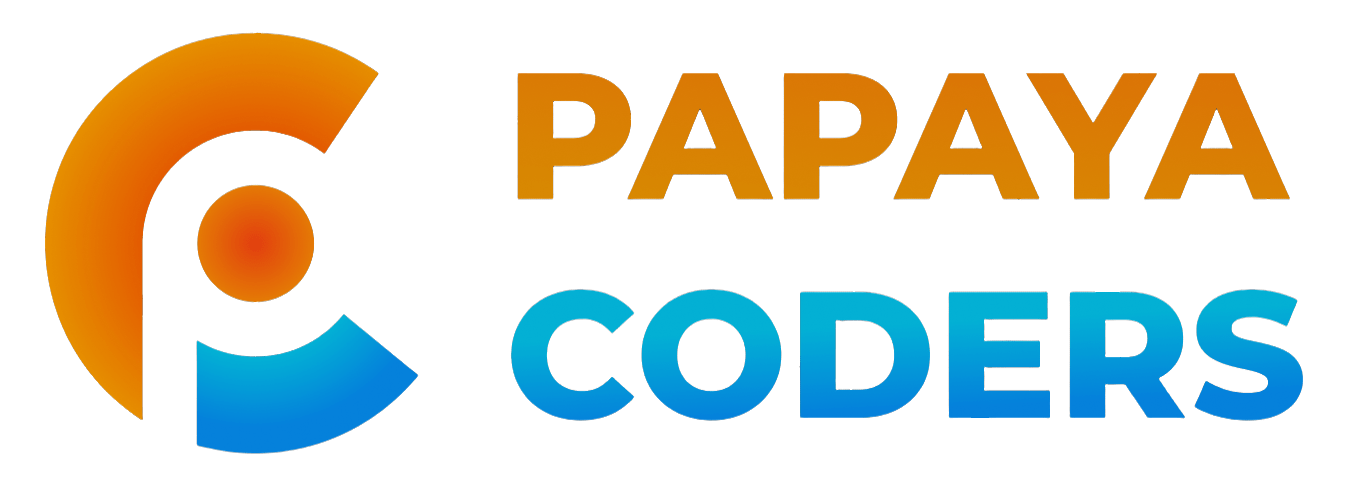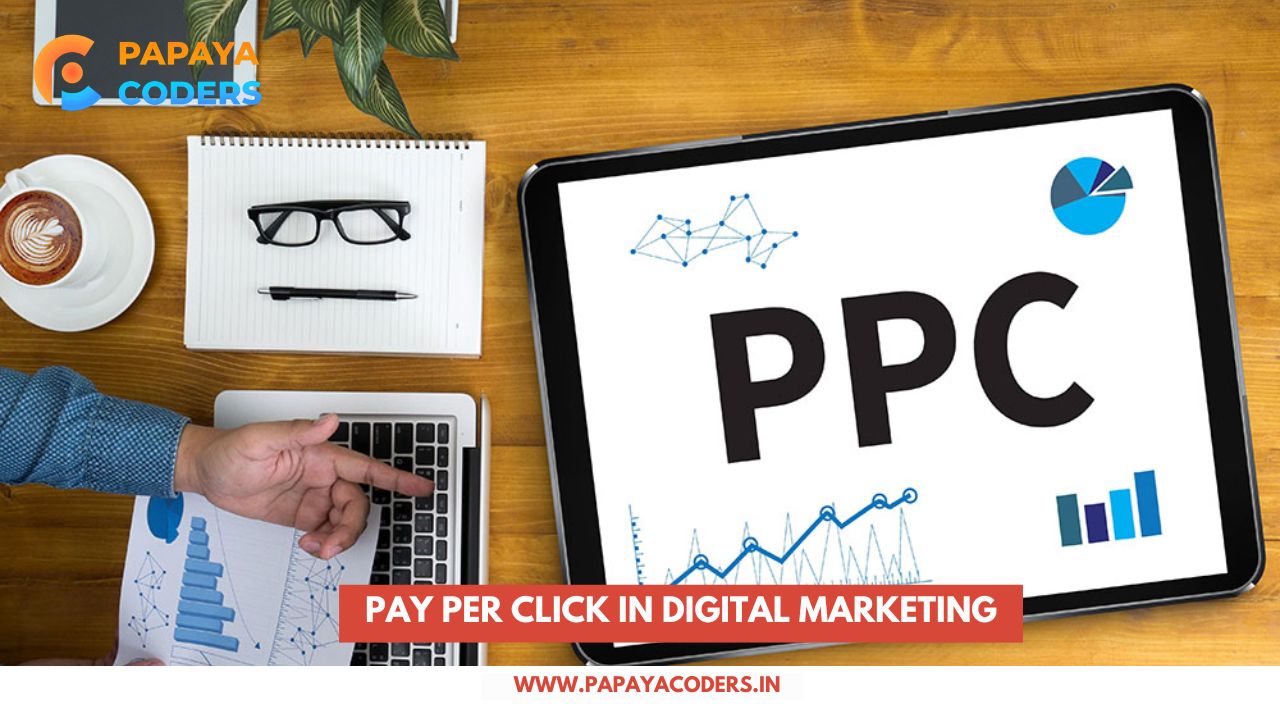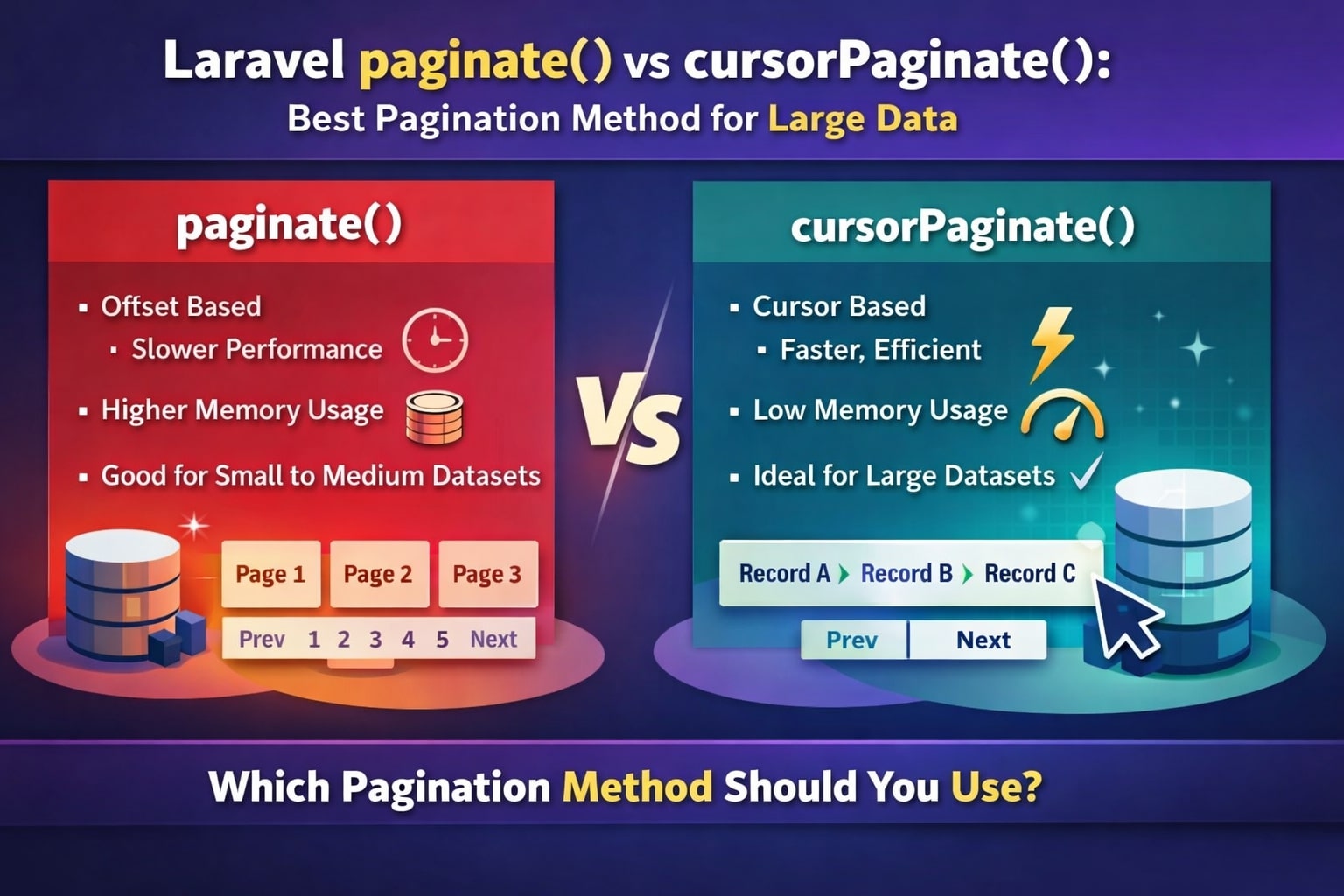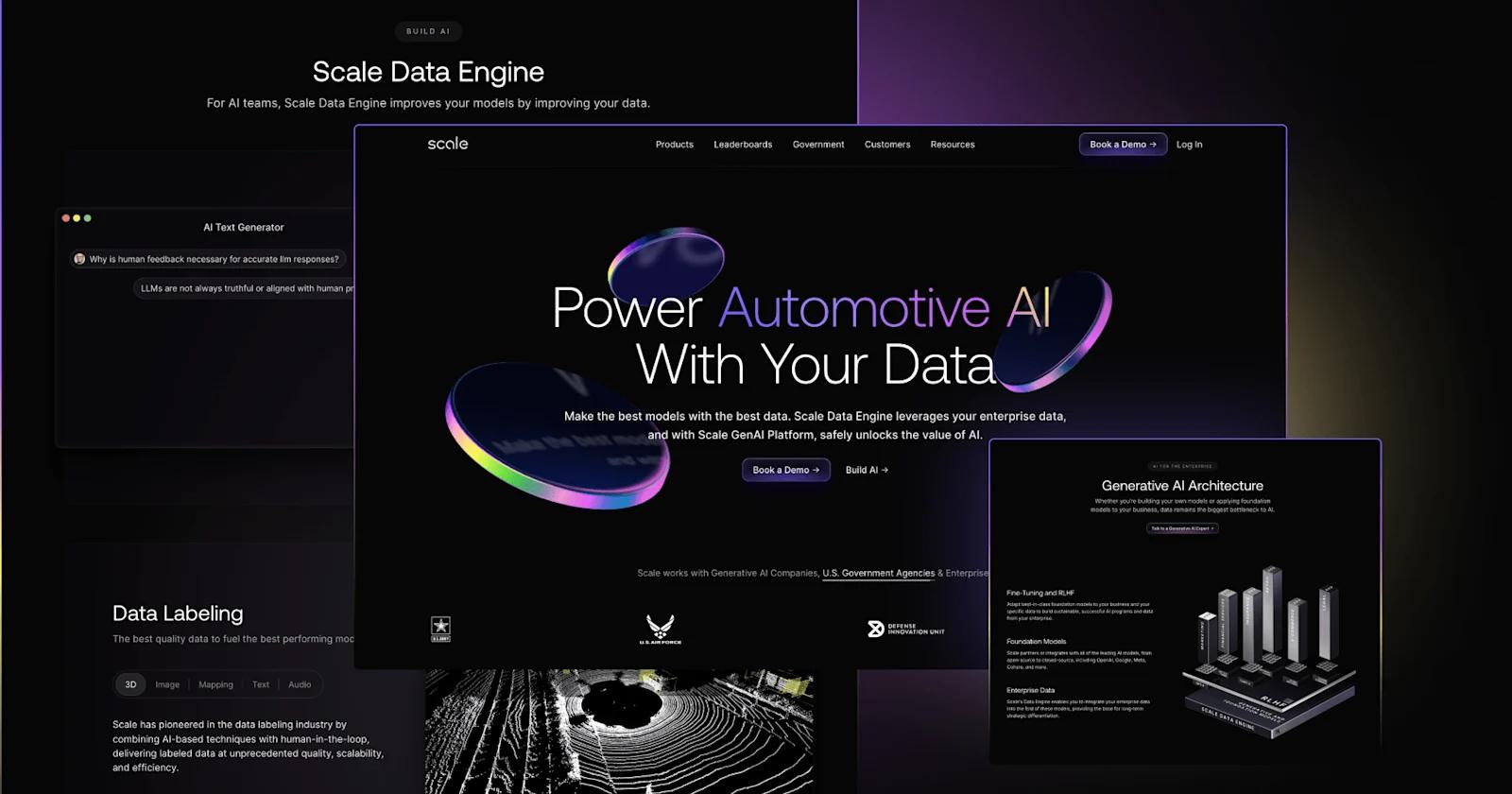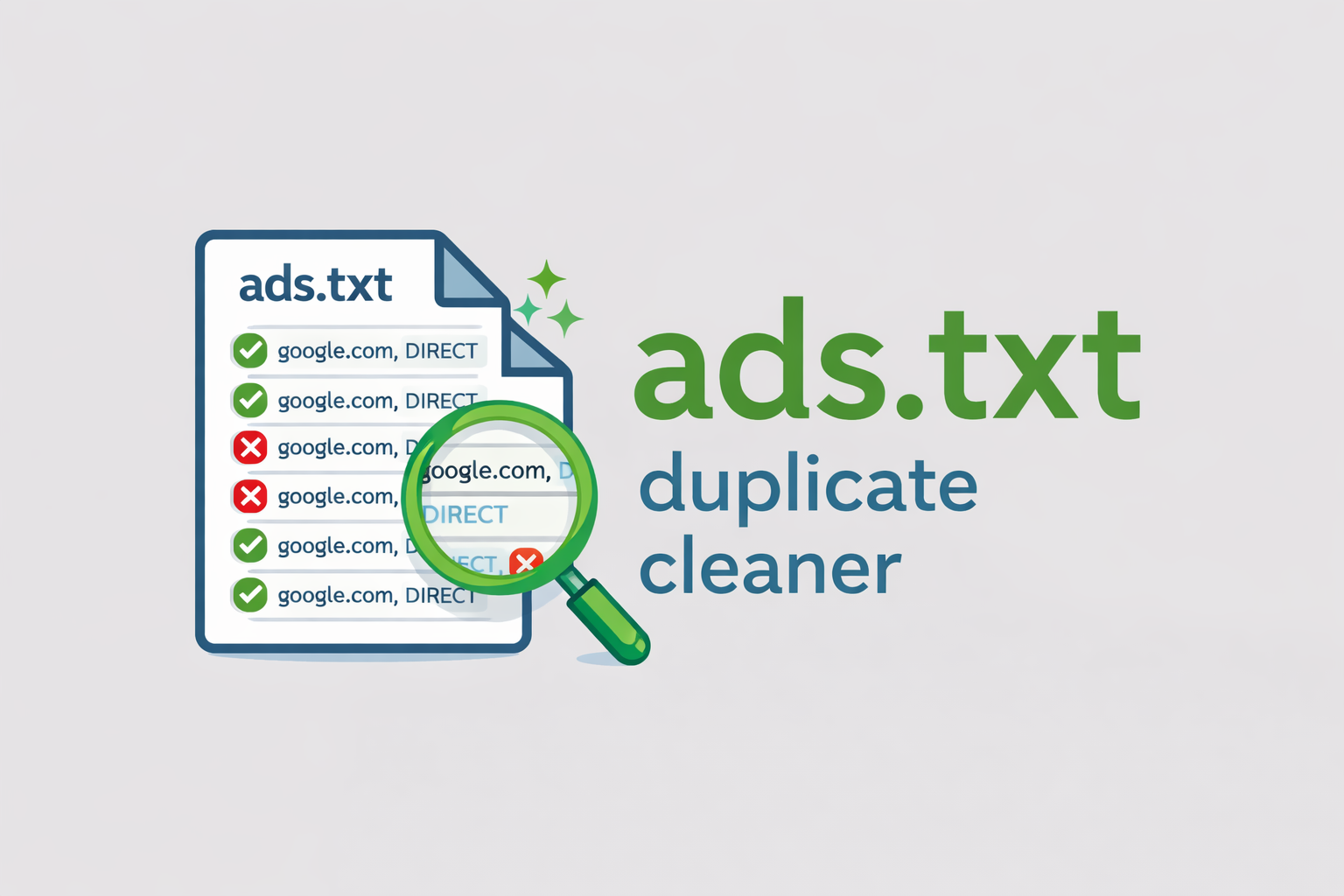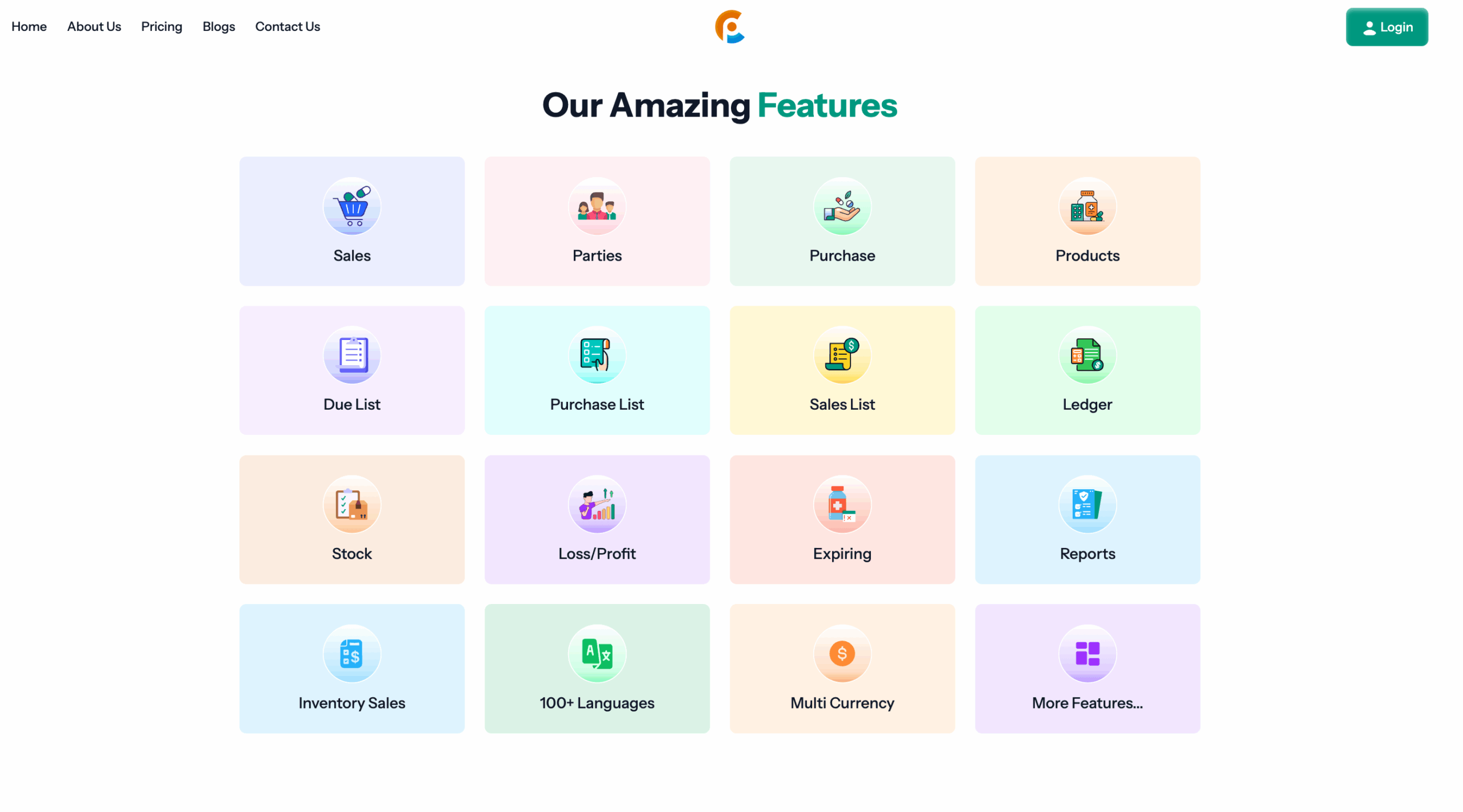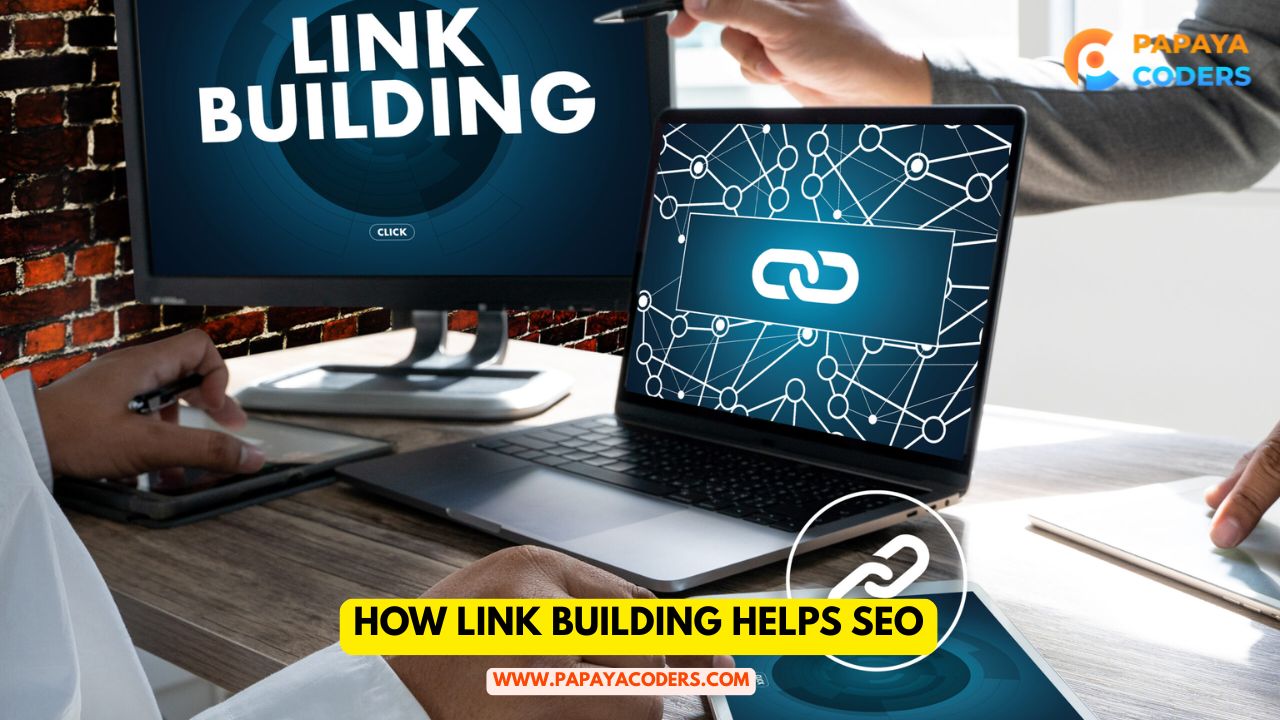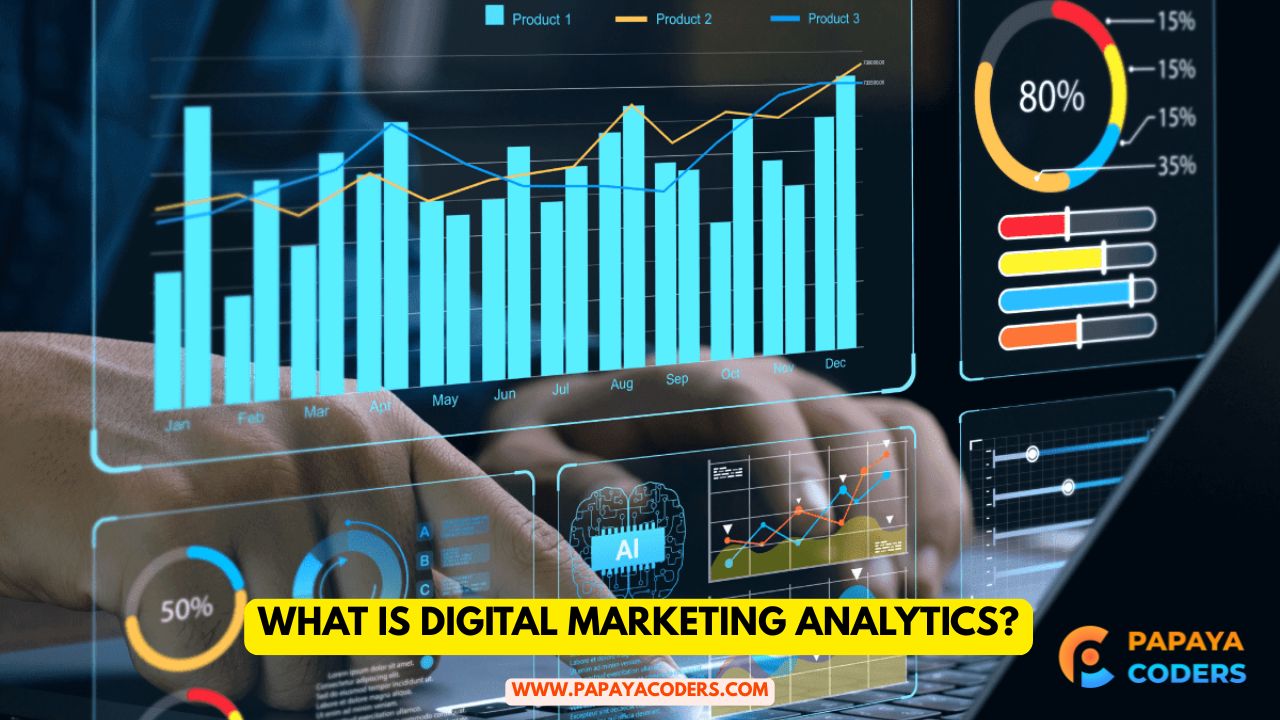Pay Per Click in Digital Marketing is a powerful online advertising strategy that helps businesses drive instant traffic to their websites. Whether you’re a small business owner or a digital marketer, understanding PPC can help you maximize your return on investment (ROI).
In this article, we will explore how Pay Per Click in Digital Marketing works, its benefits, and best practices for success. Let’s divine and know it!
What is Pay Per Click in Digital Marketing?
Pay Per Click (PPC) is an online advertising model where advertisers pay a fee each time their ad is clicked. It allows businesses to display ads on search engines, social media platforms, and other digital channels. Instead of earning organic traffic, companies buy visits to their websites through PPC campaigns.
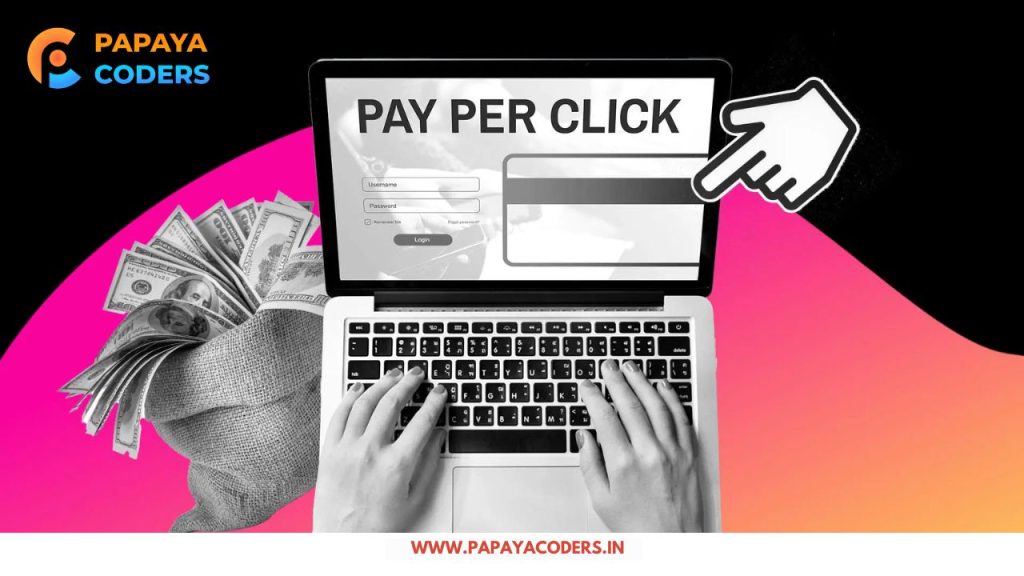
How Does PPC Work?
- Keyword Research – Advertisers choose relevant keywords related to their business.
- Bidding Process – Advertisers bid on keywords, determining how much they are willing to pay per click.
- Ad Placement – Ads appear on search engine result pages (SERPs) or social media feeds.
- User Clicks – When users click on an ad, they are directed to the advertiser’s website.
- Payment – Advertisers pay only when someone clicks on their ad.
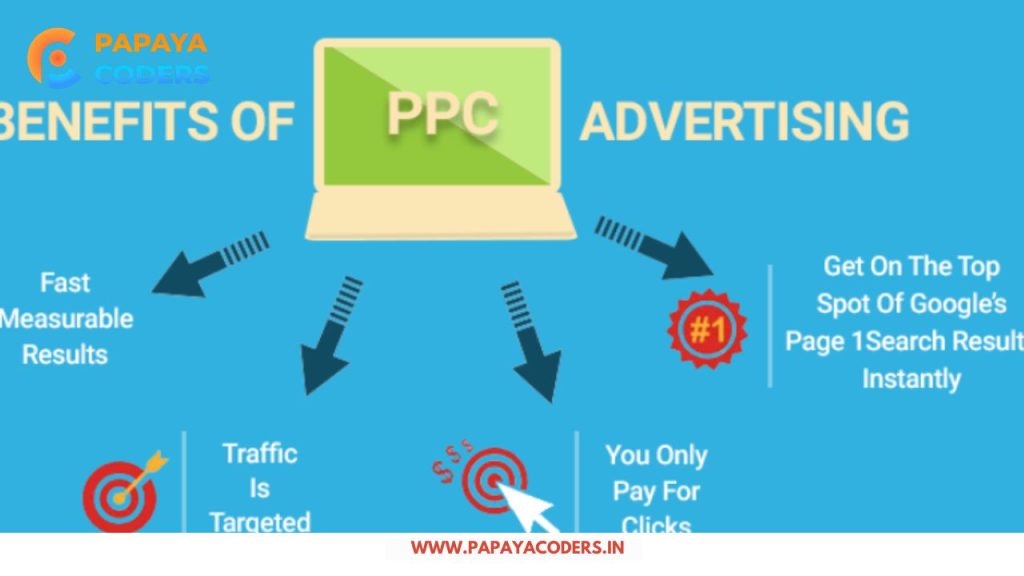
Benefits of Pay Per Click in Digital Marketing
1. Immediate Traffic
Unlike SEO, which takes time, Pay Per Click in Digital Marketing delivers instant traffic to your website, making it a great choice for businesses looking for quick results.
2. Targeted Audience
PPC allows businesses to target specific demographics, locations, and interests, ensuring ads reach the right people.
3. Cost Control
With PPC, advertisers set a budget and only pay when users click on their ads, making it a cost-effective marketing strategy.
4. Measurable Results
PPC campaigns provide detailed analytics, helping businesses track performance, clicks, conversions, and ROI.
5. Brand Visibility
By appearing at the top of search engine results, businesses can improve brand awareness and attract potential customers.
Best Practices for Pay Per Click in Digital Marketing
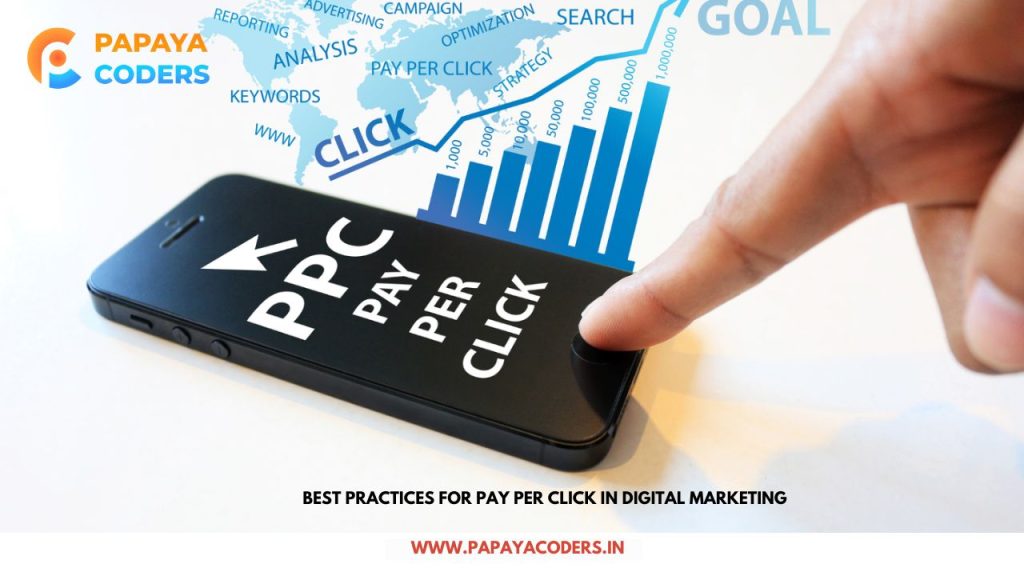
1. Keyword Optimization
Choosing the right keywords is crucial for a successful PPC campaign. Use tools like Google Keyword Planner to find high-converting keywords.
2. High-Quality Ad Copy
Create compelling ad copy that includes relevant keywords and a strong call-to-action (CTA) to encourage clicks.
3. Landing Page Optimization
Ensure that the landing page is relevant, fast-loading, and user-friendly to improve conversions and reduce bounce rates.
4. A/B Testing
Regularly test different ad versions, headlines, and CTAs to identify which ones perform best.
5. Monitor and Adjust
Analyze PPC campaign performance using Google Ads or other analytics tools and make necessary adjustments to improve results.
Future of Pay Per Click in Digital Marketing
With the rise of AI and automation, Pay-per-click in Digital Marketing is evolving. Businesses are now using machine learning to optimize bidding strategies and improve targeting. Voice search and mobile-first indexing are also influencing PPC strategies, making it essential for advertisers to stay updated with the latest trends.
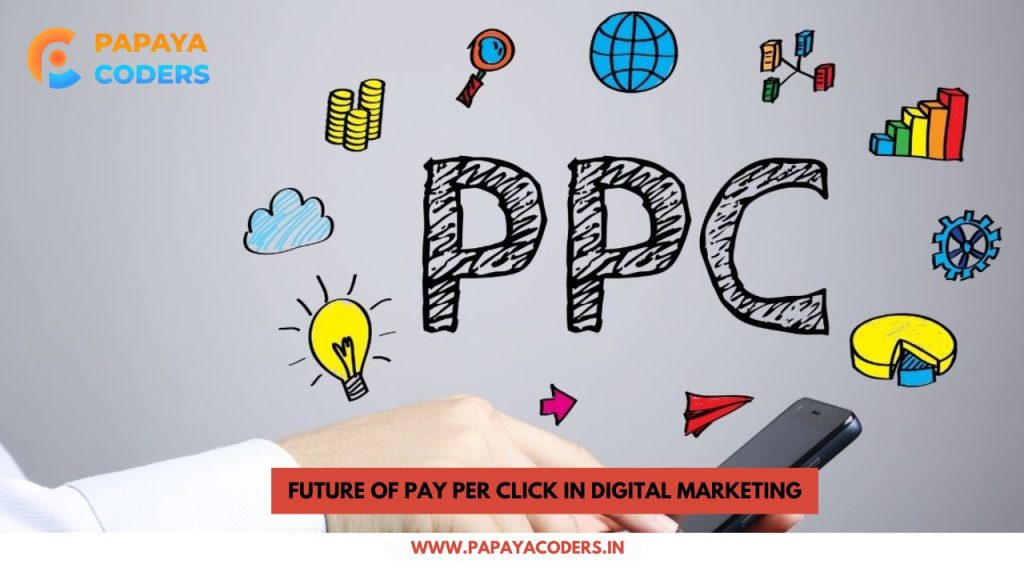
Conclusion
Pay Per Click in Digital Marketing is a game-changer for businesses looking to gain instant online visibility. By understanding how PPC works and following best practices, companies can maximize their ROI and drive more traffic to their websites. Whether you’re new to PPC or looking to improve your campaigns, investing in Pay Per Click in Digital Marketing can significantly boost your online presence and business growth.
Read also:-
